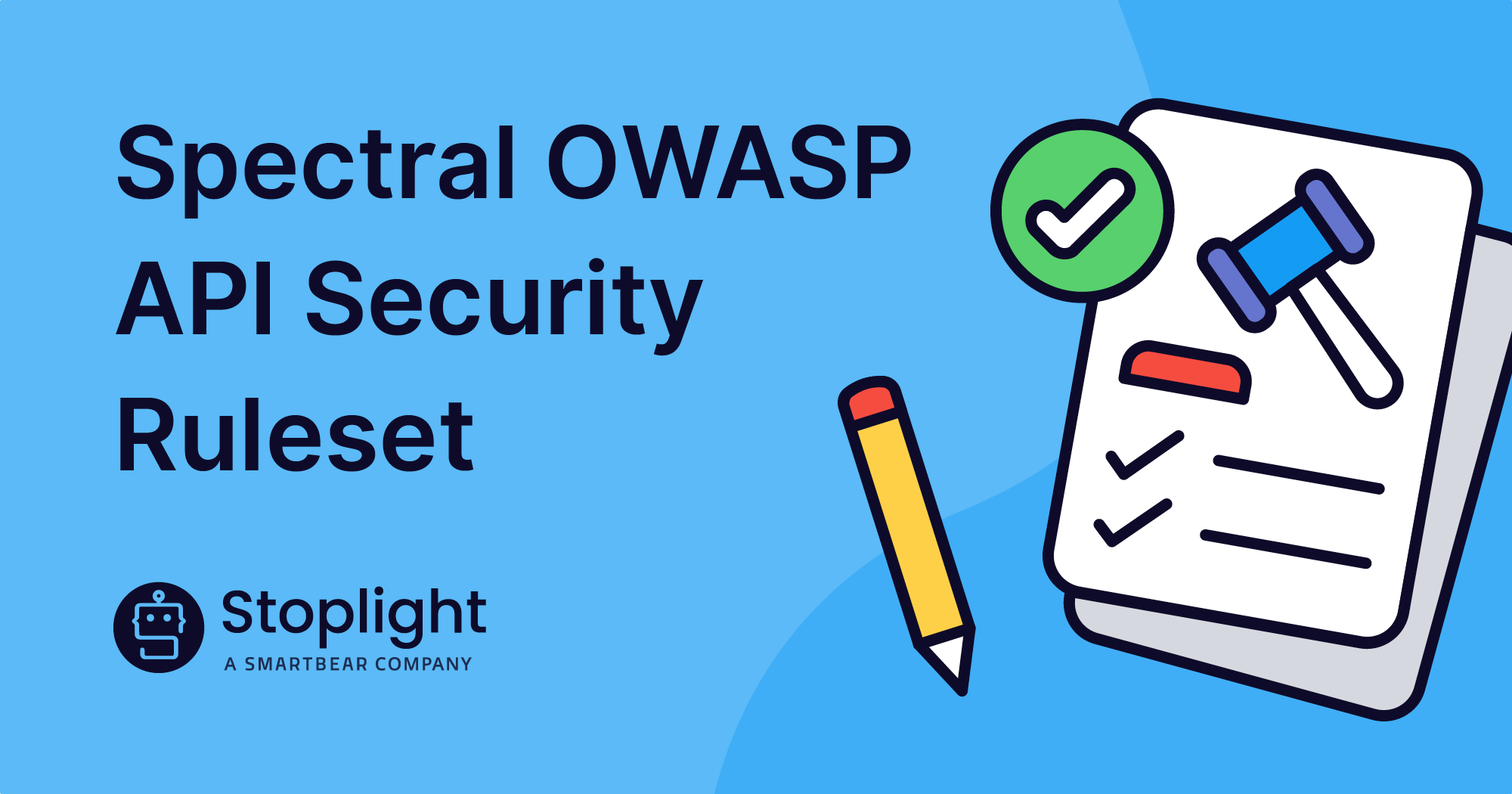API design is no longer a nice-to-have — it’s crucial to driving revenue, improving product adoption, and ensuring success for the people who use your product.
“McKinsey reported in 2018 that companies that invested in good design had 32% more revenue and 56% more total returns to shareholders.” – McKinsey, “The Business Value of Design.”
Great design is driven by great design teams. But until recently, APIs have been left out of the conversation.
In a recent episode of the Breaking Changes podcast, Deepa Goyal astutely described her challenges in finding helpful resources for API product managers. The same is true for those who are charged with API design. And sometimes, both roles are one and the same.
This series is meant to help address a lack of resources for API design teams. In part 1, we’ll discuss how to set up a great design team through the planning, hiring, and business strategy stages. In part 2, we’ll show you how to enable your team with Stoplight and ways to measure success.
If you haven’t yet read these articles and guides on a design-first approach, I highly recommend them as a primer for this series. They discuss the business value of API Design and will help you drive the message home that you need a dedicated, well-enabled team at your organization.
- https://stoplight.io/api-design-guide
- https://www.infoq.com/articles/design-first-api-development/
- https://blog.stoplight.io/how-to-bring-design-first-apis-to-your-organization
Set your API design team up for success
An API team is most closely related to a “product” team—whether your customers are internal or external, you are in charge of building, deploying, operating, and optimizing the infrastructure others depend on.
Create Your API design team
- Decide Team Structure: Obtaining the most return on investment out of your API walks you through all the major decisions that you need to make when building a successful API design team. When cultivating an API team, you must ensure that your business and technical leaders are collaborating and effectively aligned to understand the API strategy. “The most important thing, the first is to figure out your business value. If you don’t know why you have an API, it’s not likely to succeed.”
- Hire the right team members: Starting an API design team does not happen overnight, but it is imperative you hire the right team members to build consistent and reliable APIs. Kirsten Hunter, the author of Irresistible APIs, says when creating your API team, “the biggest business value is often customer stickiness: when developers choose to integrate with your API, they are less likely to move to a competitor.”
Build design systems and enable design thinking: The design-first approach begins with technical and non-technical individuals from each of the business units involved participating in the process of defining the API and understanding the API strategy. “Usually what we see is that a business might have an API and are beginning to think more about an API strategy because they are experiencing some of the pain points in their API lifecycle: Problems with maintaining documentation or in monitoring their APIs,” says Marc MacLeod, founder of Stoplight.
Collaborate and communicate: A design-first approach has a number of distinct benefits, but notably, it will allow your team to be more cohesive by enabling better communication and collaboration. Developing a successful API will involve many people with contrasting skill sets, some who will build and deploy the API based on their technical aptitude and others who will be on the strategic side of the business problem identifying the value.
How will you communicate between polarizing skill sets to your stakeholders? A design-first approach will help bridge the gap between your team. Your developers will have a positive experience, your technical writers will be able to document efficiently, and your front and back-end engineers will collaborate more effectively by working in parallel to complete their user stories.
Choose the right tools and enablement (coming in part 2!)
Decide Your API Design Team Structure
Design isn’t a nice-to-have — for companies all over the world, design is driving up the bottom line. As consulting giant McKinsey reported, companies that invested in good design had 32% more revenue and 56% more total returns to shareholders.
- Centralized: Keeping all stakeholders aligned and together in one place during the API development. Experiences will be unified and consistent during the collaboration process.
- Embedded: Contrary to centralized, it is embedded; this method involves cross-functional teams working on the same project. Your designer’s day-to-day work life will be altered a bit. Designers will work alongside other business units side by side to get the job done as opposed to working in silos with their respective teams. The embedded model has been shown to cultivate trust, increase time to market and build team morale.
- Flexible: While working under the flexible method, it is important to note your strengths and identify the gaps which are resulting in weaknesses. A flexible structure will allow you to pivot and obtain external resources. Flexibility allows for adaptable execution to accomplish desired business outcomes.
Hiring the Right Team Members
Job postings that include API design have become more prevalent in recent years. If you scan a list of postings, you’ll see titles ranging from developer to analyst, to engineer, to product, to architect!
So who should be on your team? This depends on your organization’s size and your API program’s maturity.
- Product Manager with a design focus
- Front-End with a UI/UX focus
- Analyst to measure success
- Perhaps an Engineering Manager (Champion of API product, hyper-focused on developer experience)
What should they be good at? What should they focus on?
Appointing a product owner will ensure consistency and governance and will be sure they treat the API like a first-class citizen. Your API team will need to get stakeholders to buy in; convince the organization that the goals are prioritized, and the business outcome is met.
Optimizing Your API Design Team
- Build Design Systems and enable design thinking
- Cross-collaborate and communicate (here are some good resources on that: collaboration for tech writers, collaboration for API product managers)
Stay tuned for Part 2 coming out on this design team series, and in the meantime, you can get started today by creating a Workspace in Stoplight and inviting your own team!

